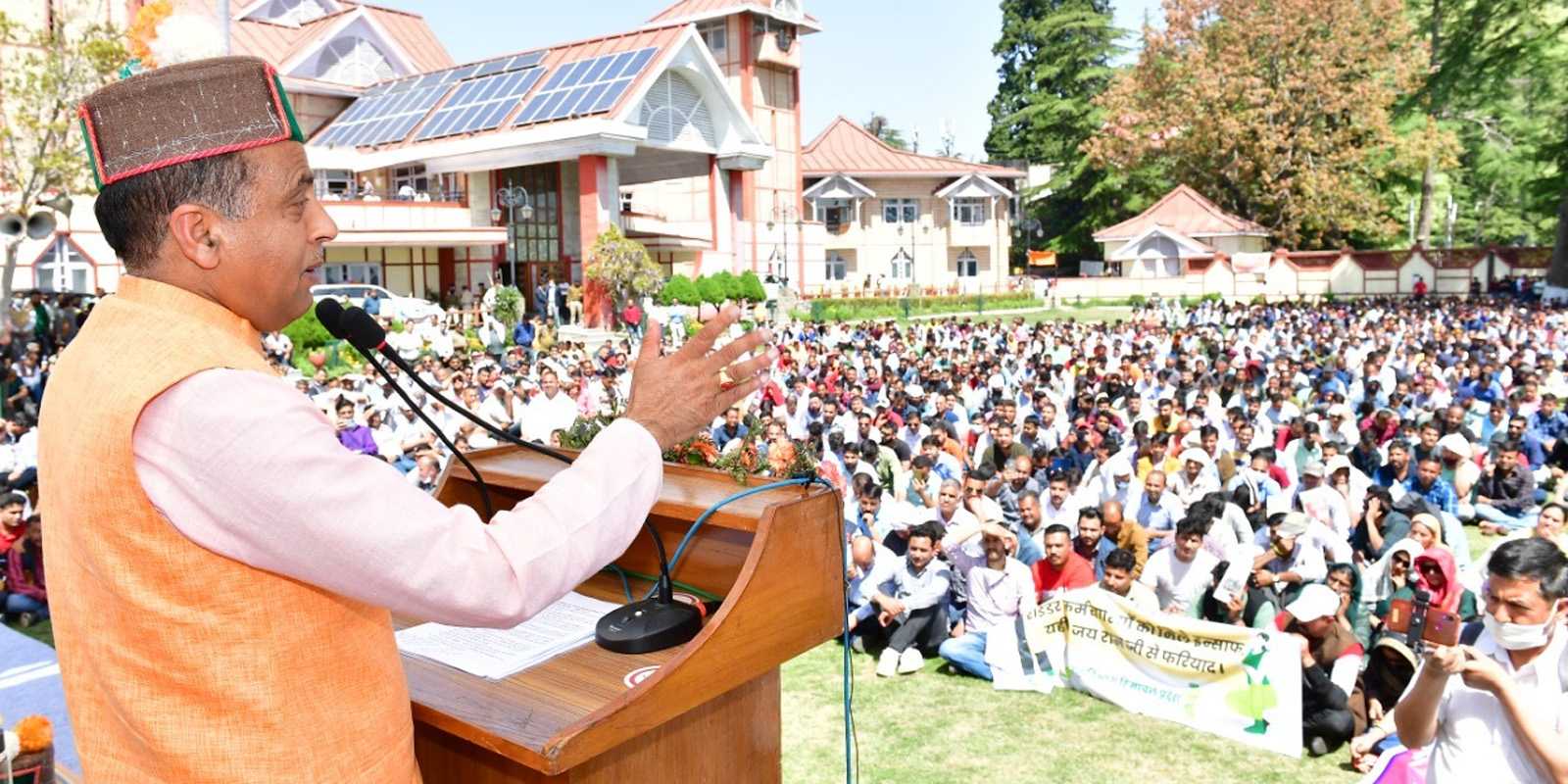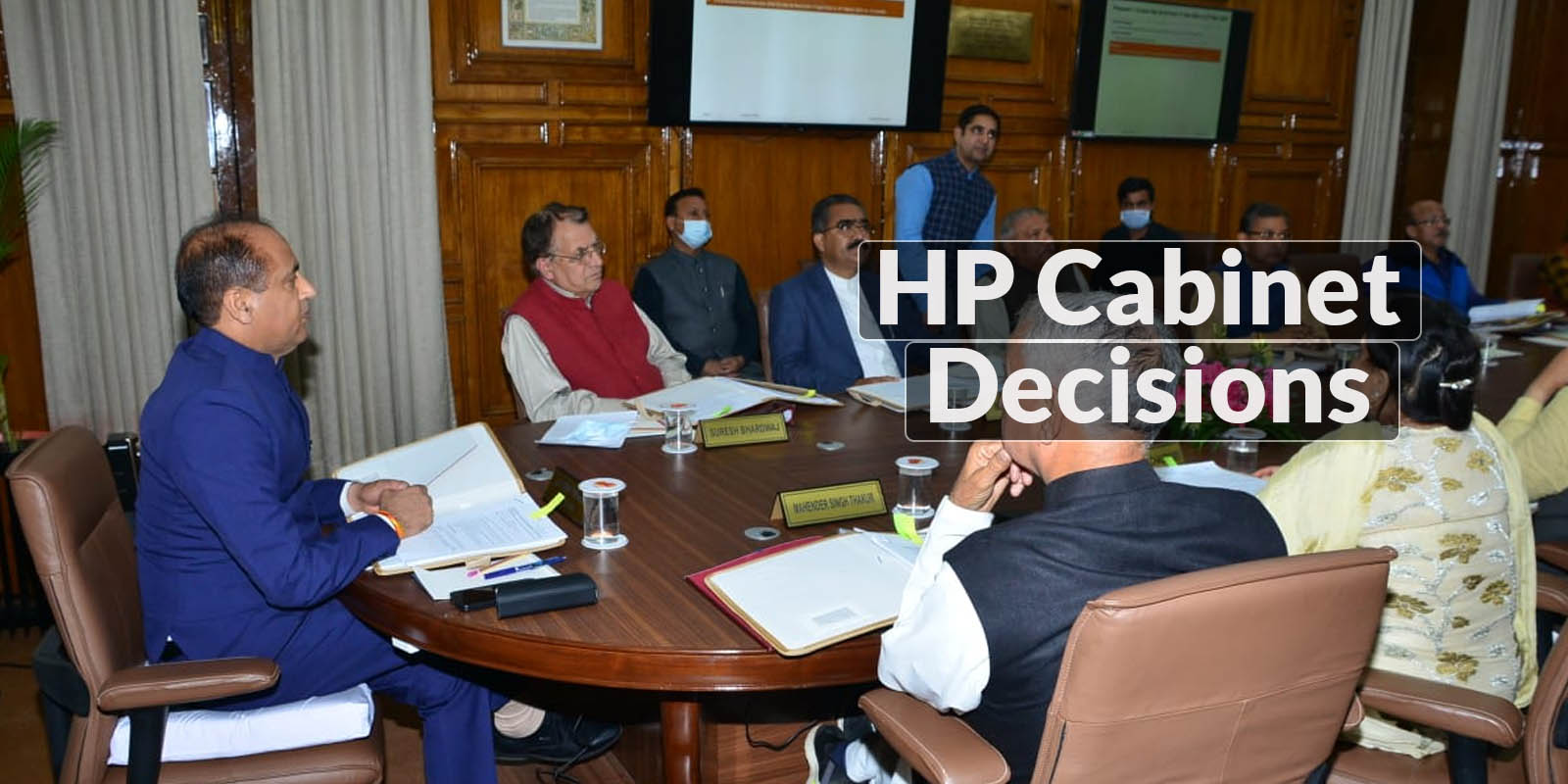News
Immune cells engineered in lab to resist HIV infection, Stanford study shows


Researchers at the Stanford University School of Medicine have found a novel way to engineer key cells of the immune system so they remain resistant to infection with HIV, the virus that causes AIDS.
A new study describes the use of a kind of molecular scissors to cut and paste a series of HIV-resistant genes into T cells, specialized immune cells targeted by the AIDS virus. The genome editing was made in a gene that the virus uses to gain entry into the cell. By inactivating a receptor gene and inserting additional anti-HIV genes, the virus was blocked from entering the cells, thus preventing it from destroying the immune system, said Matthew Porteus, MD, an associate professor of pediatrics at Stanford and a pediatric hematologist/oncologist at Lucile Packard Children’s Hospital.
“We inactivated one of the receptors that HIV uses to gain entry and added new genes to protect against HIV, so we have multiple layers of protection — what we call stacking,” said Porteus, the study’s principal investigator. “We can use this strategy to make cells that are resistant to both major types of HIV.”
He said the new approach, a form of tailored gene therapy, could ultimately replace drug treatment, in which patients have to take multiple medications daily to keep the virus in check and prevent the potentially fatal infections wrought by AIDS. The work was done in the laboratory, and clinical trials would still be needed to determine whether the approach would work as a therapy.
RELATED NEWS
» Top AIDS scientist delivers Stanford lecture, declaring end in sight for pandemic
“Providing an infected person with resistant T cells would not cure their viral infection,” said Sara Sawyer, PhD, assistant professor of molecular genetics and microbiology at the University of Texas-Austin and a co-author of the study. “However, it would provide them with a protected set of T cells that would ward off the immune collapse that typically gives rise to AIDS.”
The study was published in the Jan. 22 issue of Molecular Therapy.
One of the big challenges in treating AIDS is that the virus is notorious for mutating, so patients must be treated with a cocktail of drugs — known as highly active antiretroviral therapy or HAART — which hit it at various stages of the replication process. The researchers were able to get around that problem with a new, multi-pronged genetic attack that blocks HIV on several fronts. Essentially, they hope to mimic HAART through genetic manipulation.
The technique hinges on the fact that the virus typically enters T cells by latching onto one of two surface proteins known as CCR5 and CXCR4. Some of the latest drugs now used in treatment work by interfering with these receptors’ activity. A small number of people carry a mutation in CCR5 that makes them naturally resistant to HIV. One AIDS patient with leukemia, now famously known as the Berlin patient, was cured of HIV when he received a bone marrow transplant from a donor who had the resistant CCR5 gene.
Scientists at Sangamo BioSciences in Richmond, Calif., have developed a technique using a protein that recognizes and binds to the CCR5 receptor gene, genetically modifying it to mimic the naturally resistant version. The technique uses a zinc finger nuclease, a protein that can break up pieces of DNA, to effectively inactivate the receptor gene. The company is now testing its CCR5-resistant genes in phase-1 and -2 trials with AIDS patients at the University of Pennsylvania.
The Stanford scientists used a similar approach but with an added twist. They used the same nuclease to zero in on an undamaged section of the CCR5 receptor’s DNA. They created a break in the sequence and, in a feat of genetic editing, pasted in three genes known to confer resistance to HIV, Porteus said. This technique of placing several useful genes at a particular site is known as “stacking.”
Incorporating the three resistant genes helped shield the cells from HIV entry via both the CCR5 and CXCR4 receptors. The disabling of the CCR5 gene by the nuclease, as well as the addition of the anti-HIV genes, created multiple layers of protection.
Blocking HIV infection through both the CCR5 and CXCR4 receptors is important, Porteus said, as it hasn’t been achieved before by genome editing. To test the T cells’ protective abilities, the scientists created versions in which they inserted one, two and all three of the genes and then exposed the T cells to HIV.
Though the T cells with the single- and double-gene modifications were somewhat protected against an onslaught of HIV, the triplets were by far the most resistant to infection. These triplet cells had more than 1,200-fold protection against HIV carrying the CCR5 receptor and more than 1,700-fold protection against those with the CXCR4 receptor, the researchers reported. The T cells that hadn’t been altered succumbed to infection with 25 days.
Porteus said he views the work as an important step forward in developing a gene therapy for HIV.
“I’m very excited about what’s happened already,” he said. “This is a significant improvement in that first-generation application.”
He said a potential drawback of the strategy is that while the nuclease is designed to create a break in one spot, it could possibly cause a break elsewhere, leading to cancer or other cell aberration. He said it’s also possible the cells may not tolerate the genetic change.
“It’s possible the cells won’t like the proteins they’re asked to express, so they won’t grow,” he said.
But he said he believes both problems are technically surmountable. He said the researchers’ next step is to test the strategy in T cells taken from AIDS patients, and then move on to animal testing. He said he hopes to begin clinical trials within three to five years.
Though the method is labor-intensive, requiring a tailored approach for each patient, it would save patients from a lifelong dependence on antiretroviral drugs, which have adverse side effects, Porteus noted.
He said he also hopes to adapt these techniques for use against other diseases, such as sickle cell anemia, one of his areas of interest. Porteus works with patients in the Pediatric Bone Marrow Transplant service at Packard Children’s.
In addition to Sawyer, he collaborated with Richard Voit, a former Stanford graduate student who is now an MD/PhD candidate at the University of Texas Southwestern Medical Center, and Moira McMahon, PhD, a former postdoctoral scholar at Stanford who is now at the University of California-San Diego.
The study was supported by a grant from the American Foundation for AIDS Research and by a Laurie Krauss Lacob Faculty Scholar Award from the Lucile Packard Foundation for Children’s Health.
Information about Stanford’s Department of Pediatrics, which also supported the work, is available at http://pediatrics.stanford.edu.
BY RUTHANN RICHTER
Source: Stanford School of Medicin
News
HP Govt Employees to Get Higher Pay Scale on Completion of Two Years of Service: CM Jairam

Shimla-Himachal Pradesh Government employees working in different departments before January 3, 2022, would be given a higher scale at par with other employees on completion of two years tenure of regular service. A higher pay scale was also announced for the Junior Office Assistants (IT) on completion of two years of regular service.
Chief Minister Jairam Thakur made these announcements during the Karamchari Maha Sammelan of the Himachal Pradesh Non-Gazetted Employees Federation at the hotel Peterhof on Sunday.
He appreciated the role played by the employee especially frontline workers in the battle against the pandemic.
He said most of the government employees in the state have been given revised pay scales and on average, every employee has got the benefit of a 12 to 15 percent salary hike. There has also been an increase in the pension of about 1.50 lakh pensioners of the state. The financial benefits of Rs. 7801 crore have been given to state government employees and pensioners from the year 2018 to 2022. The pensioners who retired before 2016 are getting the benefit of a 15 to 20 percent increase in the pension while around 40 thousand pensioners who retired after 2016 would be benefitted soon, he said.
He said the daily wages were Rs. 210 in the year 2017 which has been increased by the present state government to Rs. 350. Similarly, 12 per cent interim relief annually has been provided to government employees and pensioners during the present government’s tenure. He said the Himachal government has provided Dearness Allowance to its employees and pensioners on the lines of Punjab and Central governments from the due date. The Punjab government has given only 5 percent interim relief to the employees while the Himachal government has provided 21 percent interim relief to its employees.
“Out of the total interim relief amount given to the employees and pensioners amounting to about Rs. 6500 crore, Rs. 3500 crore has been paid during the tenure of our government” added the Chief Minister.
He said that the state government has increased the government contribution for NPS employees from 10 percent to 14 percent benefitting more than one lakh employees. The NPS employees are being given the benefits of retirement and death gratuity at par with employees falling under the old pension scheme. The government has also increased the upper limit of death gratuity from Rs. 10 lakh to Rs. 20 lakh.
The Chief Minister said the state government has also increased the honorarium of para-workers working in various departments. The salary of outsource workers has been hiked by Rs 1,500 per month.
Non-Gazetted Employees Federation President Ashwani Thakur thanked the Chief Minister for providing various financial and other benefits to different categories of government employees.
Nation
Most Covid Restrictions to be Lifted From March 31, Mask and Hand Hygiene to Continue

New Delhi-The Centre has issued a notification to the States informing that the provisions of the Disaster Management (DM) Act, 2005 will not be invoked in the country after March 31. The Union Health Ministry said that the use of face masks and following hand hygiene will continue.
It implies that most of the Covid-related rules and restrictions would end.
Union Home Secretary Ajay Bhalla issued the notification which said that the decision was taken following the overall improvement in the situation and the preparedness of the government in dealing with the COVID-19 pandemic.
However, local authorities and State police can still invoke fines and criminal cases against persons violating COVID-19 norms under the Indian Penal Code (IPC), a senior government official said.
The DM Act was invoked on March 24, 2020, due to the pandemic
“Over the last seven weeks or so there has been a steep decline in the number of cases. The total caseload in the country stands at 23,913 only and the daily positivity rate has declined to 0.28%. It is also worth mentioning that with the combined efforts, a total of 181.56 Cr vaccine doses have been administered,” the notification said.
“I would like to mention that in view of the nature of the disease, we still need to remain watchful of the situation. Wherever any surge in the number of cases is observed, the States/UTs may consider taking prompt and proactive action at a local level, as advised by MoHFW (Health Ministry) from time to time,” the notification said.
The Indian government had issued various guidelines and measures for the first time on March 24, 2020, under the Disaster Management Act to curb the COVID-19 situation in the country, which have been modified several times thereafter.
India currently has 23,087 active COVID-19 cases and recorded 1,778 new cases and 62 deaths in the last 24 hours. The daily positivity rate has also declined to 0.28%.
News
HP Cabinet Decisions: Country Liquor Made Cheaper in New Excise Policy, Read All Decisions

Shimla-A meeting of the Himachal Pradesh Cabinet was held on March 20, 2022, under the chairmanship of Chief Minister Jai Ram Thakur.
The excise policy for the financial year 2022-23 was approved. Approval was also given for the renewal of retail excise vends in the state for the financial year 2022-23 at the renewal fees of 4% of the value of unit/vend.
The State Government said that wants to enhance the government revenue and curb the smuggling of country liquor from the neighbouring states by a reduction in its price.
The brands of Country Liquor will be cheaper as license fees have been reduced. This will help in providing good quality liquor at a cheaper rate to the consumers.
In the new excise policy, the 15% fixed quota of country liquor for manufacturers and bottlers to be supplied to the retail licensees has been abolished. According to the government, this step will give the retail licensees to lift their quota from the suppliers of their choice and further assure the supply of good quality country liquor at competitive prices. The MRP of country liquor will be cheaper by 16% of the existing price.
In this year’s policy, the Gaudhan Vikas Nidhi Fund has been enhanced by Re.1/- from the existing Rs.1.50 to Rs.2.50.
The fixed annual license fee of Bars has been rationalized by abolishing the area-specific slabs of license fee. Now throughout the State, there will be uniform license slabs based upon the room capacity in hotels.
Rates of the annual fixed license fee of Bars in the tribal areas has been reduced considerably.
Further, all the above stakeholders will have to install CCTV cameras at their establishments as it was made mandatory for them.
Wholesale vends and retail vends, the penalty provisions under the H.P. Excise Act, 2011 have been made more stringent.
An end to end online Excise Administration System would be established in Himachal Pradesh, the government said.
HP Government estimates a collection of Rs 2131 crore revenue during the year, which will be Rs. 264 crores higher than the financial year 2021-22 – growth of 14% in state excise revenues.
The Cabinet also gave its nod to amend Himachal Pradesh Disaster Relief Manual-2012 to include deaths due to biting of honey bees, hornet and wasps, accidental drowning and deaths due to accidents of vehicles (including land, water and air) under this Manual.
The Cabinet gave its approval for filling up 11 posts of ‘A’ Class Tehsildar in Revenue Department through direct recruitment on regular basis through Himachal Pradesh Public Service Commission.
HP State Toll Policy 2022-23
The HP Cabinet also gave its nod to HP State Toll Policy for the year 2022-23 which envisages auction cum tender for all the toll barriers in the State. During the year 2021-22, toll revenue has registered a growth of 20 percent of the previous year’s revenue.











 Home Decor Ideas 2020
Home Decor Ideas 2020
